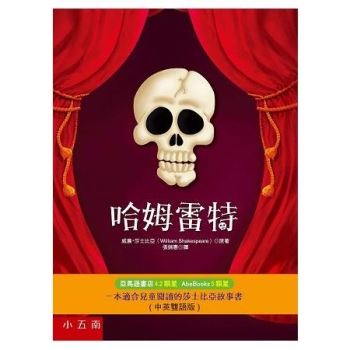A consideration of the allegory of Christ the Divine Physician in medical and religious writings.
Discourses of physical and spiritual health were intricately entwined in the Middle Ages, shaping intellectual concepts as well as actual treatment. The allegory of Christ as Divine Physician is an example of this intersection: it appears frequently in both medical and religious writings as a powerful figure of healing and salvation, and was invoked by dissidents and reformists in religious controversies. Drawing on previously unexplored manuscript material, this book examines the use of the Christus Medicus tradition during a period of religious turbulence. Via an interdisciplinary analysis of literature, sermons, and medical texts, it shows that Wycliffites in England and Hussites in Bohemia used concepts developed in hospital settings to press for increased lay access to Scripture and the sacraments against the strictures of the Church hierarchy. Tracing a story of reform and controversy from localised institutional contexts to two of the most important pan-European councils of the fifteenth century, Constance and Basel, it argues that at a point when the body of the Church was strained by multiple popes, heretics and schismatics, the allegory came into increasing use to restore health and order.| FindBook |
有 1 項符合
Christ the Physician in Late-Medieval Religious Controversy: England and Central Europe, 1350-1434的圖書 |
 |
Christ the Physician in Late-Medieval Religious Controversy: England and Central Europe, 1350-1434 作者:Outhwaite 出版社:York Medieval Press 出版日期:2024-05-28 語言:英文 規格:精裝 / 256頁 / 普通級/ 初版 |
| 圖書館借閱 |
| 國家圖書館 | 全國圖書書目資訊網 | 國立公共資訊圖書館 | 電子書服務平台 | MetaCat 跨館整合查詢 |
| 臺北市立圖書館 | 新北市立圖書館 | 基隆市公共圖書館 | 桃園市立圖書館 | 新竹縣公共圖書館 |
| 苗栗縣立圖書館 | 臺中市立圖書館 | 彰化縣公共圖書館 | 南投縣文化局 | 雲林縣公共圖書館 |
| 嘉義縣圖書館 | 臺南市立圖書館 | 高雄市立圖書館 | 屏東縣公共圖書館 | 宜蘭縣公共圖書館 |
| 花蓮縣文化局 | 臺東縣文化處 |
|
|
圖書介紹 - 資料來源:博客來 評分:
圖書名稱:Christ the Physician in Late-Medieval Religious Controversy: England and Central Europe, 1350-1434
Christ the Physician in Late-Medieval Religious Controversy: England and Central Europe, 1350-1434 相關搜尋
King of Kings: The Iranian Revolution: A Story of Hubris, Delusion and Catastrophic MiscalculationWho’s Afraid of the Big, Bad Jew: Learning to Love the Lessons of Jew-Hatred
Theatres of the Body: Dance and Discourse in Antebellum Philadelphia
Theatres of the Body: Dance and Discourse in Antebellum Philadelphia
Russian Warfare in the 21st Century: An Incentive-Opportunity Intervention Model
Stranger-Kingship in Antiquity
Latin America and the World’s Fairs, 1867-1939
Recipe for Death: The Erin Patterson Story
Ghost Nation: The Story of Taiwan and Its Struggle for Survival
The Cambridge Companion to Marcus Aurelius’ Meditations
|










